Is there a wrong way to talk about climate change? – Grist Magazine

In a provocative new book, Genevieve Guenther argues that too many conversations are happening on the fossil fuel industry’s terms….
Long Story Shorts: How Does Fish Poop Keep Our World in Balance? – Hakai Institute
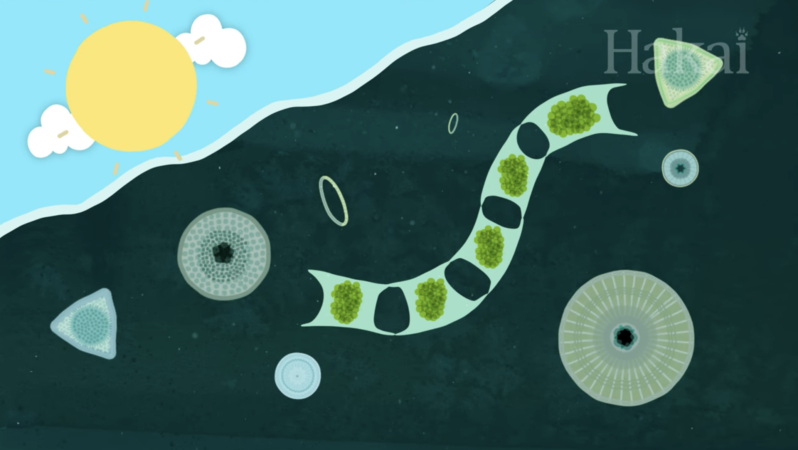
You might be asking yourself, What does fish poop have to do with the health of the ocean and our planet? Well, gross or not, that fish poop plays a big role in something called the carbon cycle. Watch this video to find out—then think about everything else that goes number two in the deep blue and you’ll see how all that poop can help keep the Earth in balance…
New Reads for Coastal Kids Are Packed with Fun and Facts – Hakai Magazine
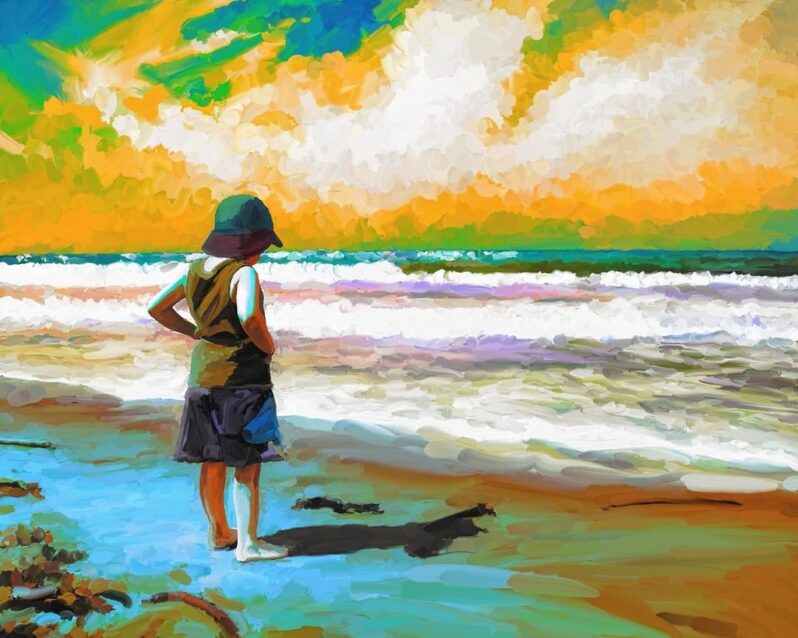
These 10 coastal-themed books deliver more than pretty pictures…
Photos: Beryl makes landfall on Texas coast as Category 1 storm – the Washington Post
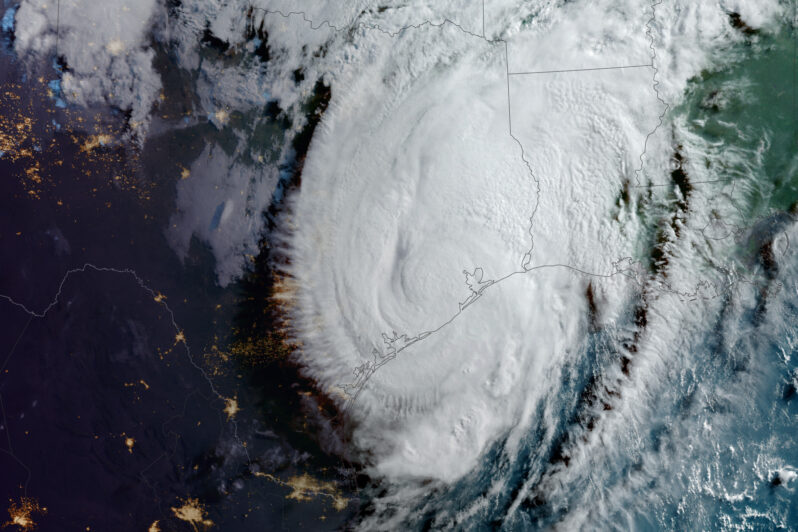
Hurricane Beryl headed to Texas after hitting Mexico and leaving a trail of destruction across the eastern Caribbean…
Seabird poop helps restore coral reefs – Mongabay Kids
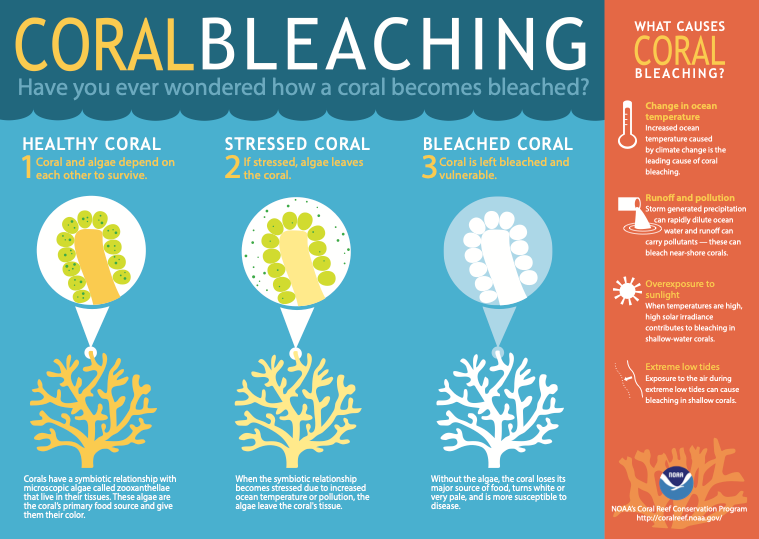
Exciting news! Scientists working on reefs in the Indian Ocean have discovered that nutrients from seabird poop help corals grow…
Controversial Punalu‘u project on Big Island set back as contested case moves ahead – Kaua’i Now
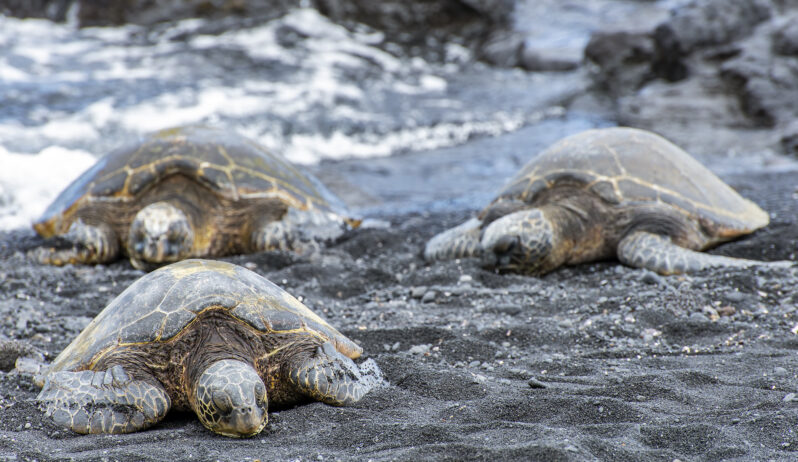
The developer of a controversial proposed Ka‘ū residential and commercial community on the Big Island will have to wait to find out if it will be approved for a special management area use permit to move forward with project — or if it will be considered at all — following a special meeting Monday of the Hawai‘i County Windward Planning Commission in Hilo…
Washed Away – AARP
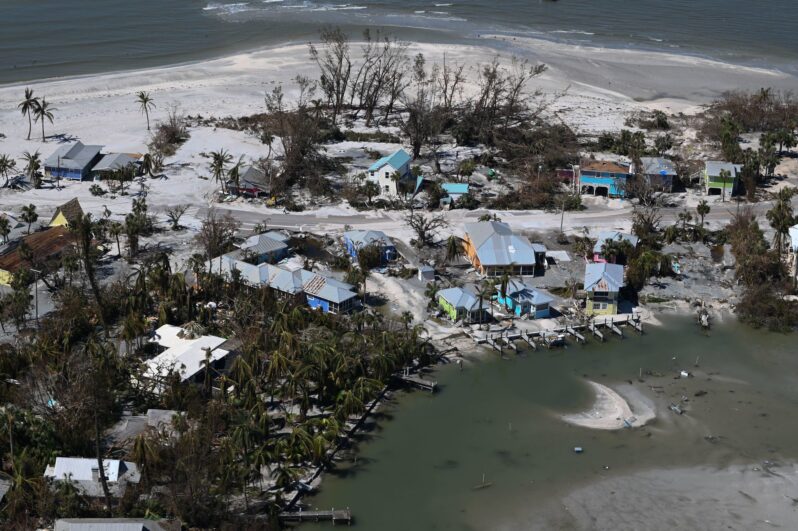
As more older Americans move to the coasts, rising seas are wiping out their homes — and retirement dreams…
Long Story Shorts: What Role Does Sound Play in the Ocean? – Hakai Institute
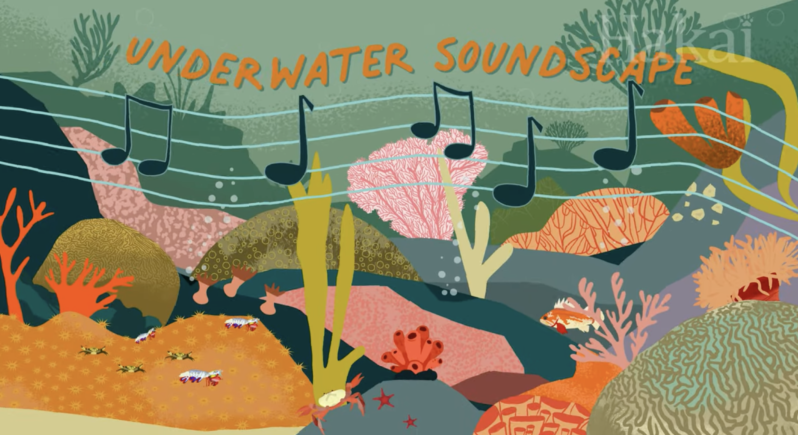
Have you ever wondered how sound works underwater? Or how much life in the ocean depends on hearing and being heard? Watch this episode of Long Story Shorts to get the answers, and find out what happens when we interfere with the soundscapes of the sea…
How this summer’s brutal hurricanes might one day save lives – Grist Magazine
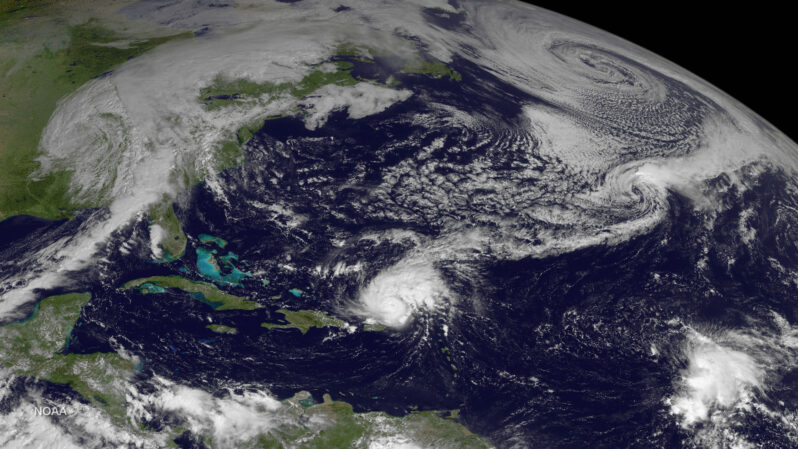
Cyclones aren’t just made of wind and rain — they’re full of data. That’ll help researchers improve the forecasts that determine whom to evacuate…
